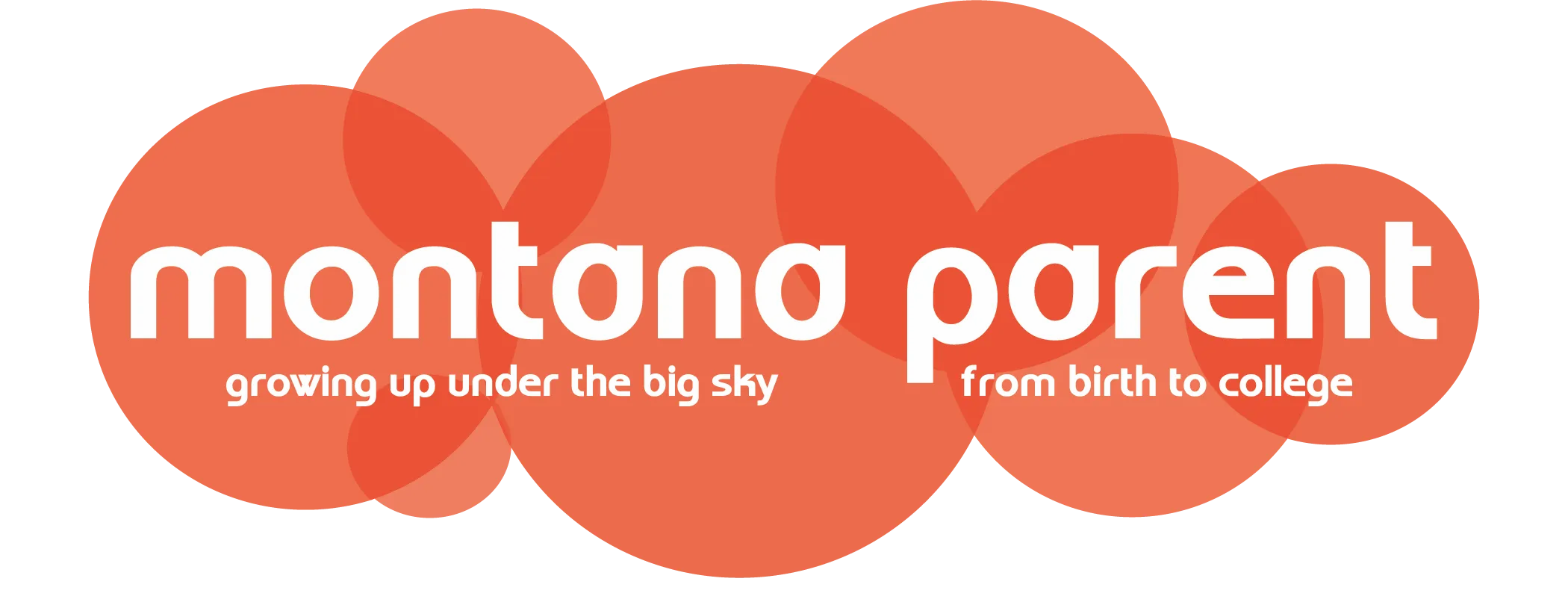Hugs Aren
December 22, 2012
Posted By: Shaunescy
By Matt Kelley, Brian Gootkin, Scott Malloy and Buck Taylor
As fathers, we returned home on December 14 and hugged our children a bit longer and tighter than usual, as if holding onto an embrace would keep our kids safe from horrors such as those that visited Newtown, Connecticut.
Those hugs weren’t enough.
Those hugs weren’t enough.
The hugs couldn’t keep our minds from imagining the devastation that descended onto the families of 20 children who died. And hugs are of no use to comprehend the seemingly incomprehensible motivations of a quiet, deeply troubled 20-year-old apparently responsible for the tragedy.
How did this happen? How do we prevent it from happening again?
We represent four organizations charged with serving our community in different but related realms: public and community health, mental health, and law enforcement. We stand together to offer a message of hope for parents working hard every day to raise children with mental health conditions.
Even before the shootings in Newtown, many diverse organizations in our community were working together to provide resources and coordinated services that empower families to raise healthy, happy children. This community effort will continue and will be the core of our efforts to assist parents.
We also wish to propose that our community, our state, and our nation can do more to support parents and educators. In that spirit, we offer some specific actions to help prevent catastrophes such as Newtown. These suggestions are neither comprehensive nor immutable. They are offered as means to widen and deepen the community-driven efforts that have already begun around this issue.
We know that many families lack the resources to pay for quality mental health services. We know that even when money is not an issue, there are not enough children’s mental health providers to meet demand. And we know that some children don’t get the services they need due to stigma or lack of knowledge. There is no singular solution or policy that can cure this complex problem quickly. But there are some specific steps that could move us in the right direction:
Improved access to mental health services for all children in need. Our healthcare system does not adequately fund mental health services. We can rectify this by expanding eligibility and improving reimbursements for services through Medicaid, as well as private insurance.
- Promote excellent school-based services. Montana has one of the most innovative and effective school based mental health treatment programs -- the Comprehensive School and Community Treatment (CSCT) -- which places mental health professionals in schools to work with youth and their families. Despite its effectiveness, this program it has received rate cuts to providers in consecutive years.
- Further empower families and law enforcement personnel to identify and help people in need of services. We should expand the use of approaches that help emergency responders, social service professionals, and law enforcement personnel recognize people who have experienced trauma and need care. It is also time to initiate a serious discussion about revising the Montana emergency detention statute, the state law that limits how far families and law enforcement can go in providing treatment and protecting individuals. Too often, law enforcement and families must wait for something terrible to happen before they can intervene. This is a complex issue, but one that we should address.
- Expanded and improved services to help children in mental health crisis. Gallatin County is a leader in Montana in implementing nationally recognized Crisis Intervention Team training to improve the ability of law enforcement to respond to persons with mental illness. But the crisis system in the state for children is essentially non-existent. In Gallatin County, crisis response teams evaluate youth, but often have difficulty connecting them to services.
- Most importantly, it is imperative for Montanans to help destroy the stigma attached to mental health treatment. Nationally, we know that 14 to 18 percent of our children have mental, emotional or behavioral challenges. For Gallatin County, that means more than 2,500 children (and their families) are struggling to cope with these issues.
These are our neighbors, co-workers, and family. These are our children. As a community, we should embrace families struggling to raise happy, healthy children that happen to have mental health challenges. These families need our support, and their children need our attention, care, and love.
A terrible danger of Newtown is that people will be tempted to villainize or segregate those who are living with mental health challenges or social or emotional disorders such as autism.
This would be both shameful and counterproductive. While we all have been shaken by the nightmare that unfolded in Newtown, we must not forget that those events were an aberration. The vast majority of people living with mental health problems pose no threat to others. They are far more likely to be victims of crime than perpetrators. They deserve our respect and need our support.
For all the attention focused on Newtown, thousands of Montanans with mental health conditions are suffering silently in ways that go unnoticed. People with serious mental health issues are more prone to substance abuse, homelessness, and isolation. They are at risk to commit suicide, and on average die much younger than others.
We are committed to working with partners to improve our mental health care system. We are inviting others in the community, including our elected leaders, to join the effort.
------------------------------
Matt Kelley is Health Officer at Gallatin City-County Health Department; Buck Taylor is Chief Operation Officer at Community Health Partners; Scott Malloy is Director of the Gallatin Mental Health Center; and Brian Gootkin is Gallatin County Sheriff.














